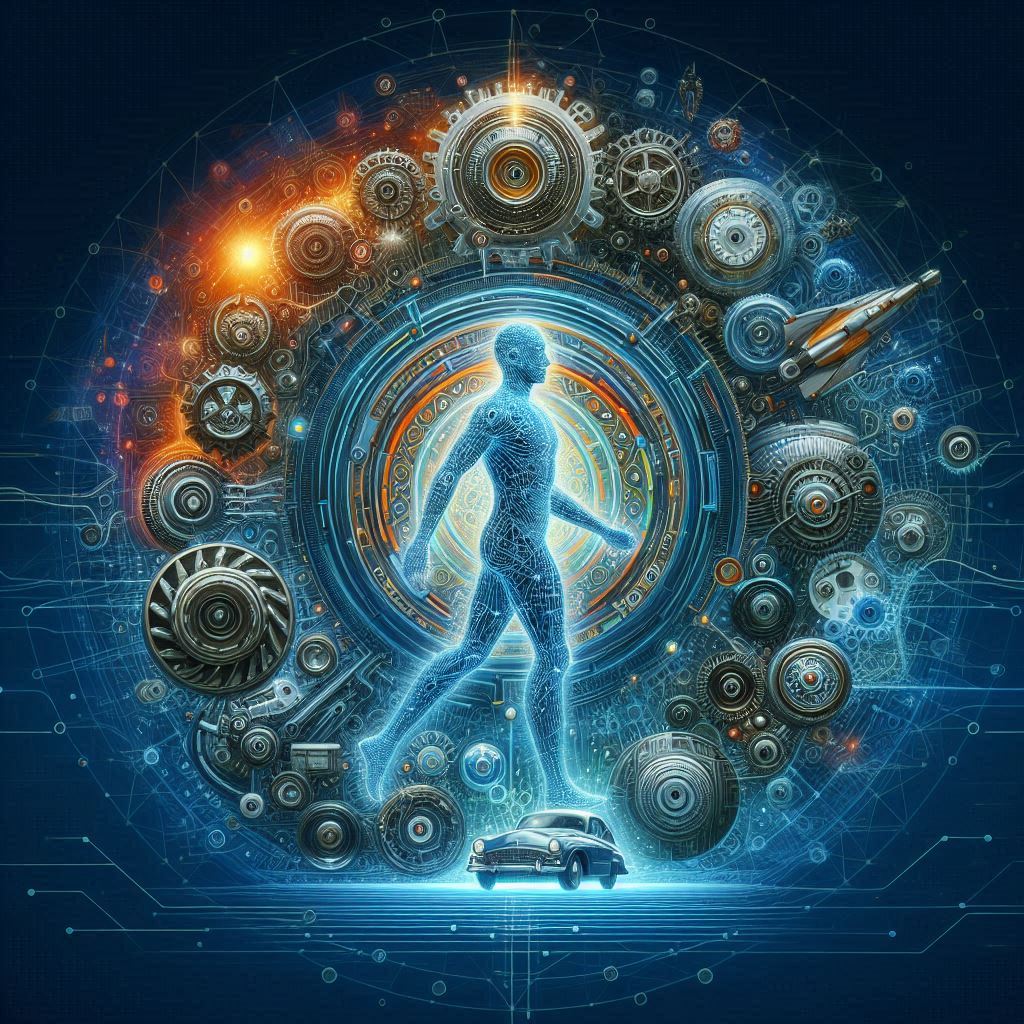AI for Action Recognition
AI for Action Recognition
Introduction
Artificial Intelligence (AI) has revolutionized many fields, and one of the exciting areas it is transforming is action recognition. Action recognition involves identifying specific actions or behaviors in videos, which has numerous applications in surveillance, healthcare, sports analytics, and more. This blog explores how AI is used in action recognition, the technologies behind it, and its practical applications.
The Technology Behind Action Recognition
AI-driven action recognition leverages advanced machine learning techniques, particularly deep learning, to analyze and interpret video data. Key technologies involved include:
- Convolutional Neural Networks (CNNs):
- CNNs are used to extract spatial features from video frames.
- They help in identifying patterns and objects in each frame.
- Recurrent Neural Networks (RNNs):
- RNNs, especially Long Short-Term Memory (LSTM) networks, are used to capture temporal dependencies.
- They help in understanding the sequence of actions over time.
- 3D CNNs:
- These networks process spatio-temporal data by considering both spatial and temporal dimensions simultaneously.
- They are particularly effective in recognizing complex actions.
- Transfer Learning:
- Pre-trained models on large datasets like Kinetics or AVA are fine-tuned for specific tasks.
- This approach reduces the need for extensive data and training time.
Applications of Action Recognition
- Surveillance:
- Action recognition is used in security systems to detect suspicious activities or behaviors.
- It helps in automating threat detection and enhancing public safety.
- Healthcare:
- AI can monitor patients and recognize actions like falls or sudden movements.
- This is particularly useful in elderly care and rehabilitation.
- Sports Analytics:
- Action recognition analyzes players’ movements and techniques in sports.
- It provides insights for performance improvement and strategy development.
- Human-Computer Interaction (HCI):
- AI enables gesture-based controls and interactions in HCI systems.
- It enhances user experience in gaming and virtual reality applications.
Challenges and Future Directions
While AI for action recognition has made significant strides, there are challenges to address:
- Data Privacy:
- Handling video data requires stringent privacy measures to protect individuals’ identities.
- Real-time Processing:
- Achieving real-time action recognition with high accuracy remains a technical challenge.
- Optimizing models for faster inference is crucial.
- Generalization:
- Models need to generalize well across diverse environments and conditions.
- Robust training on varied datasets can help achieve this.
Conclusion
AI for action recognition is a powerful technology with a wide range of applications. By leveraging deep learning techniques, AI systems can analyze and interpret actions in videos, providing valuable insights and automating tasks. As the technology advances, we can expect even more innovative applications and improvements in accuracy and efficiency. The future of action recognition is promising, with AI continuing to push the boundaries of what is possible.

